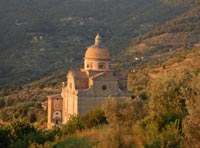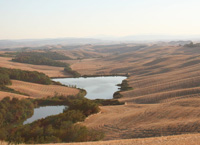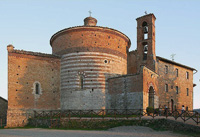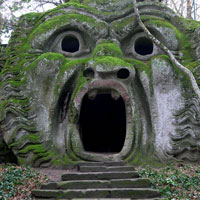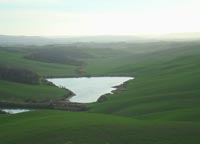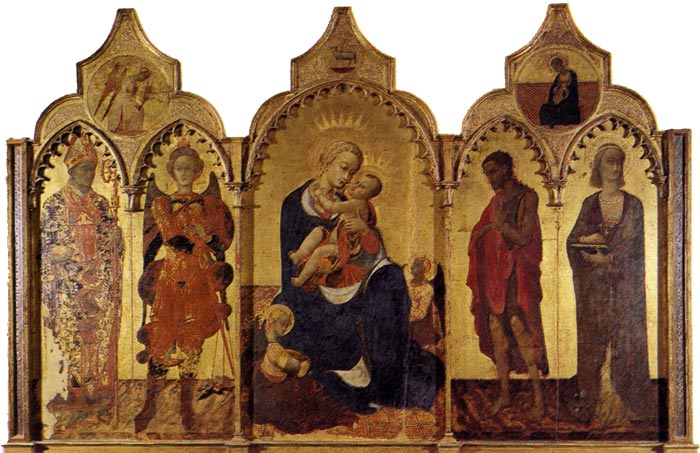 |
|
| I T
|
Sassetta, Virgin with Child and Four Saints, c. 1435, tempera on wood, Museo Diocesano, Cortona
|
|
The date and birthplace of Sassetta are not known. Some say he was born in Siena although there is also an hypothesis that he was born in Cortona. His father, Giovanni, is called da Cartona which possibly means that Cortona was the artist's birthplace. The meaning of his nickname Sassetta is obscure and is not cited in documents of his time but appears in sources from the eighteenth century.[1] |
|
 |
||
Sassetta, Virgin with Child and Four Saints (detail) c. 1435, tempera on wood, Museo Diocesano, Cortona
|
||
In the centre of the polyptych there is an exquisite Virgin with Child. On the left side there are Sts Nicholas and Michael, wearing rare, refined, and precious garments. St Nicholas has a chasuble bearing a Pietà. The two saints on the right side are St John the Baptist and St Margaret of Hungary. Above the side panels are two tondi representing the Annunciation. The triptych was placed on a lateral altar in the church of St Dominic in Cortona. At the beginning of the Second World War it was immured in the belfry where the wood suffered much damage due to humidity and temperatures. It was necessary to detach the painted surface and transfer it to a new base. It has been restored after many succeeding interventions. Unfortunately, it has lost its original solidity and need continuous reexamination. |
||
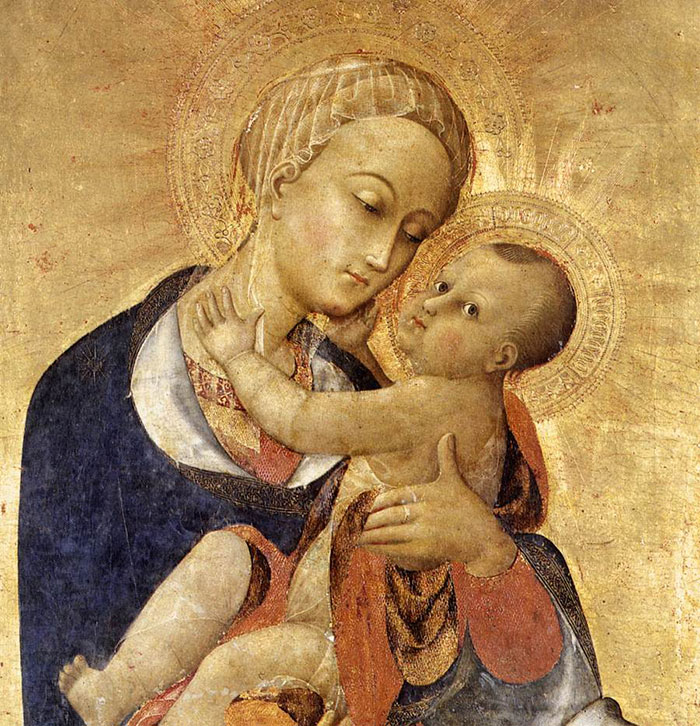 |
||
Sassetta, Virgin with Child and Four Saints (detail) c. 1435, tempera on wood, Museo Diocesano, Cortona |
||
|
||
Cortona Diocesan Museum
Major art in the museum include: The masterpieces of the Diocesan Museum of Cortona | www.cortonaweb.net |
||
|
||
|
||||
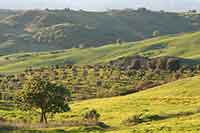 |
||||
Podere Santa Pia |
Podere Santa Pia, view from the garden on the valley below |
Century-old olive trees, between Podere Santa Pia and Cinigiano |
||
Cortona |
Crete Senesi, Asciano |
L'eremo di Montesiepi (the Hermitage of Montesiepi) |
||
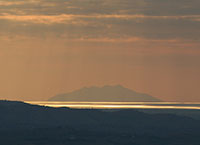 |
||||
| Bomarzo | Asciano, Crete Senesi |
Sunsets in Tuscany |
||
Podere Santa Pia is located in the heart of the Valle d'Ombrone, and one can easily reach some of the most beautiful attractions of Tuscany, such as Montalcino, Pienza, Montepulciano and San Quirico d'Orcia, famous for their artistic heritage.
|
||||
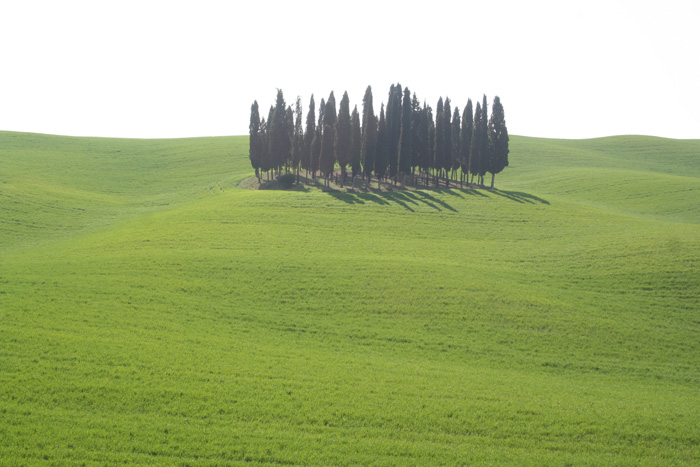 |
||||
| The surroundings of Podere Santa Pia, cipresses between Montalcino and Pienza |
||||



